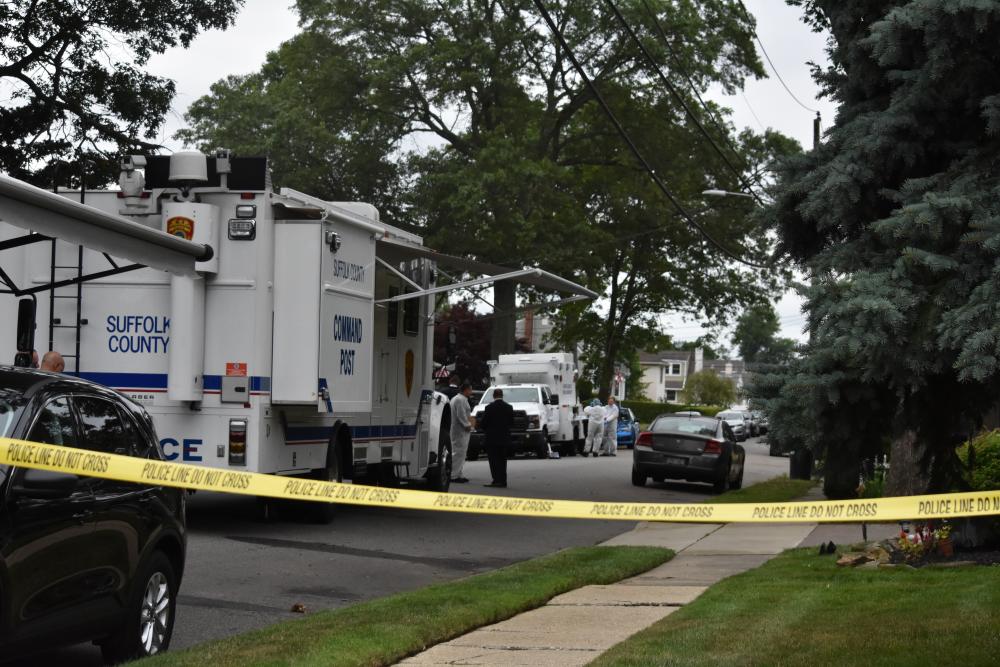Rex Heuermann, a New York architect, has been charged with the murder of Valerie Mack, making her the seventh alleged victim in a series of killings connected to him. Mack, who was 24 at the time of her death, had been unidentified for nearly two decades, known as Jane Doe No. 6. Her torso was discovered in 2000 in Manorville, New York, with the rest of her remains found in 2011 near Gilgo Beach, where authorities believe other victims of Heuermann were also targeted. With Heuermann under arrest since July 2023, facing charges for the murders of six women over the years, the new charges in Mack’s case further complicate his legal battles. His plea of not guilty was stated emphatically as he appeared in court, reiterating his innocence regarding all accusations.
At a recent press conference, District Attorney Ray Tierney emphasized the importance of the victims’ families and the impact the case has had on their lives. He underlined that the investigations take into account the sensitivity of the families, expressing a commitment to holding those responsible accountable. Critical to the prosecution’s case against Heuermann is the forensic evidence; hair found on Mack’s remains has reportedly connected her to Heuermann’s family through mitochondrial DNA testing. Specifically, the DNA linked to Heuermann’s wife and daughter excluded a significant portion of the population, raising troubling questions about the family’s potential involvement. However, Heuermann’s attorney, Michael Brown, challenged the reliability of the DNA evidence and suggested that the timeline and collection methods of the evidence might not substantiate the claims made by prosecutors.
The prosecutors have laid out a gruesome narrative of Heuermann’s alleged actions, claiming he not only murdered Mack but also mutilated her body dramatically. They contend that her remains were tied with rope in a manner similar to the disturbing content found on Heuermann’s electronic devices, which included images and texts that mirrored the violence inflicted upon the women. A specific detail that prosecutors highlighted involved a document allegedly found on Heuermann’s devices listing “foam drain cleaner,” which they argue suggests a method he considered for covering up his killings. Additionally, investigators discovered a collection of articles and reports related to the case in Heuermann’s home, indicating a troubling obsession with the murders.
The charges against Heuermann not only pertain to Mack, but the list of victims includes six other women believed to have similar fates, raising significant concern within the investigative community. The linkage of these victims, particularly through DNA evidence found at crime scenes, paints a broader picture of a serial killer operating over many years. Prosecutors have indicated that at least six of Heuermann’s alleged victims were connected to him or his family, deepening the enigma surrounding his personal life and behaviors. Additionally, gruesome details about the manner of the killings and the treatment of the victims enhance the public’s horror over the case, reflecting severe brutality.
Interestingly, Heuermann was initially linked to earlier murders, with specific charges brought against him concerning three women he is accused of killing between 2009 and 2010. The connection to Mack, whose disappearance and later identification as a murder victim played a significant role in the ongoing investigation, adds another layer of complexity to the timeline of events and the nature of the crimes. Heuermann has also been named a suspect in the death of other women not yet charged formally, revealing a pattern that suggests a long history of violence against vulnerable individuals, particularly sex workers who may have been targeted for various reasons related to their lifestyle and circumstances.
The overall narrative surrounding Heuermann underscores the painful realities faced by the families of the victims and the broader impact of violence against women in society. As investigations continue and legal proceedings advance, there is a collective hope for justice not only for Valerie Mack but for all the women linked to Heuermann’s alleged crimes. Community advocates and law enforcement share a common goal of securing accountability, fostering hope for healing for the families affected by this tragedy. The ongoing trials and discussions around the evidence will likely uncover a more intricate understanding of Heuermann’s actions and the societal implications of such a case, emphasizing a need for vigilance in protecting and supporting vulnerable populations.

